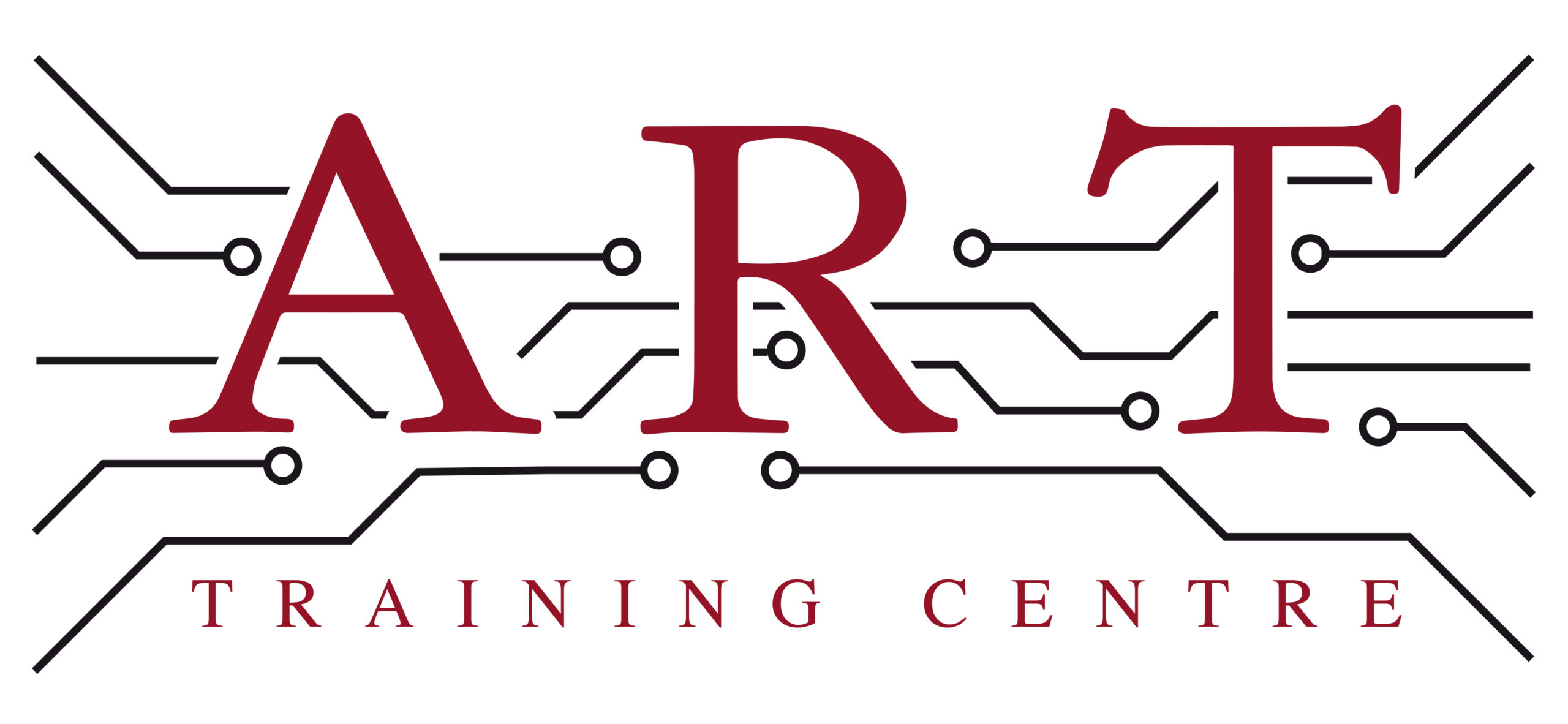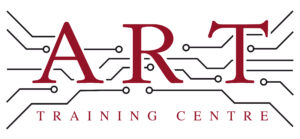Definition
Hot Air Rework Station is a tool used in electronics manufacturing and repair to heat and remove surface mount components from printed circuit boards (PCBs). It consists of a heat gun that blows hot air to melt solder, allowing components to be easily lifted off the board. This process is essential for reworking or replacing faulty components without damaging the PCB.
How It’s Used in the Industry
In electronics assembly, a Hot Air Rework Station is employed to perform precise soldering and desoldering of components on PCBs. Technicians first set the desired temperature and airflow. The hot air nozzle is then directed at the component, heating the solder until it melts. Once the solder is liquefied, the component can be gently lifted off. For rework, new components are placed, and solder is applied using the station to ensure a secure connection. This tool is vital for both trainees learning soldering techniques and experienced professionals performing complex repairs, ensuring high-quality standards in electronic assemblies.
History & Origins
The Hot Air Rework Station became common in electronics manufacturing during the late 1980s and early 1990s, coinciding with the rise of surface mount technology (SMT). As SMT components became prevalent, the need for effective rework solutions grew. Development of industry standards, such as IPC, helped establish guidelines for using these stations, ensuring consistent quality and reliability in repairs. Advancements in heating technology made these stations more efficient and user-friendly, solidifying their place in modern electronics assembly and repair processes.
Variations
There are several types of Hot Air Rework Stations, differing mainly in their features and capabilities. Some stations offer programmable temperature profiles, while others may include multiple nozzles for different component sizes. Compared to traditional soldering methods, hot air rework allows for more precise heating, reducing the risk of damaging nearby components. Additionally, some stations come with built-in vacuum systems for component removal, enhancing efficiency and control during the rework process. Understanding these variations helps technicians choose the right tool for specific tasks.
Modern Applications
Today, Hot Air Rework Stations are integral to electronics production and repair, particularly in handling surface mount devices (SMDs) and through-hole components. They are essential for training new technicians in soldering techniques and ensuring compliance with IPC standards. In advanced assembly environments, these stations improve the quality and reliability of repairs, allowing for efficient troubleshooting and component replacement. Their versatility makes them valuable in both small-scale repairs and large-scale manufacturing processes.
Practical Tips & Training
When working with a Hot Air Rework Station, always prioritise safety by wearing appropriate protective gear, such as safety goggles and heat-resistant gloves. Regularly inspect the station for any wear or damage to ensure optimal performance. Familiarise yourself with different nozzle sizes for various component types. Structured training and certification in electronics can greatly enhance your skills, making you more proficient in using this equipment effectively and safely.


